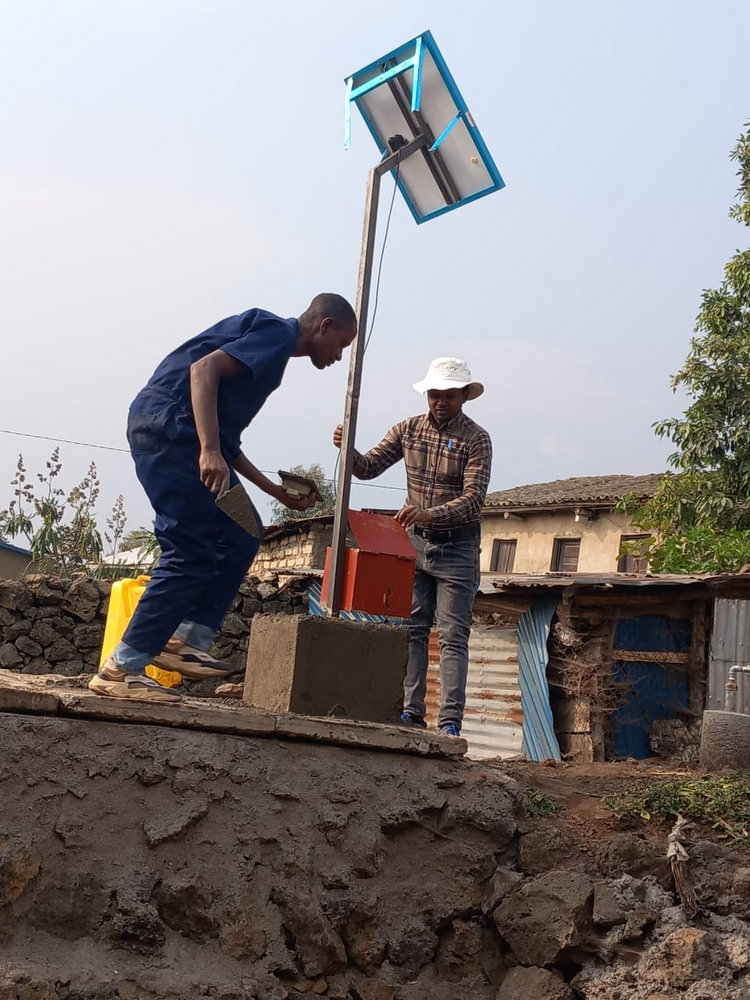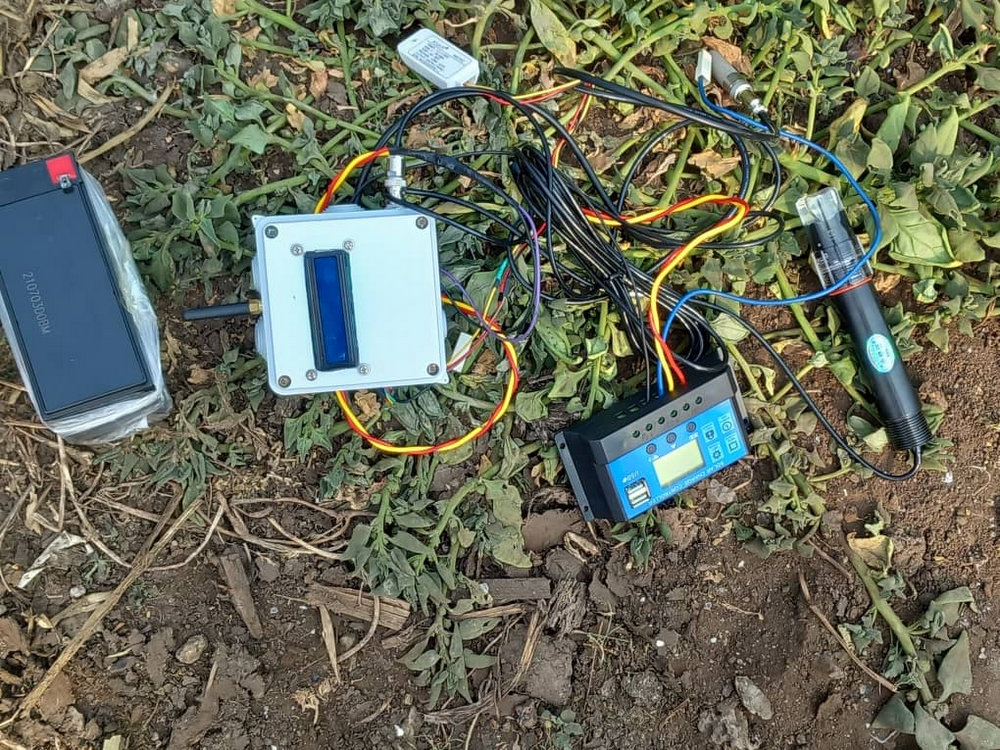Assessing household biogas inefficiencies in Rwanda: A path towards sustainable household energy
The number of Rwandans who abandoned installed biogas systems has risen significantly, prompting James Ntaganda to conduct research aimed at identifying challenges faced by biogas users and possible solutions. Ntaganda is pursuing his PhD studies at Chalmers University under the existing bilateral research collaboration between Rwanda and Sweden through the University of Rwanda.
Household biogas technology, which primarily utilizes cow dung as a feedstock to generate biogas for cooking was approved as a national program in Rwanda around 2007. However, many beneficiaries have reported inefficiencies with the system.
The government of Rwanda was committed to reducing the use of firewood from 79.9% in 2018 to 42% by 2024, while promoting alternatives like gas, biogas, and other clean energy sources.
According to the 2022 report by the National Institute of Statistics Rwanda, 76% of the population still relies on firewood, 17% uses charcoal, 5% uses gas, 1% uses other energy sources and 1% does not cook at all.
Ntaganda’s research identified several factors contributing to the inefficiency of biogas systems, including a lack of regular preventive maintenance and insufficient cow dung, which has discouraged users. Whereas the role of substandard initial installations lead to failure of several household biogas technology, the user responsibility and ownership affected the technology to a greater extent. Some of the users perceived the technology as a “ government thing”.

James Ntaganda is a PhD candidate at Chalmers University of Technology under the existing bilateral research collaboration between Rwanda and Sweden through the University of Rwanda
The study led by James Ntaganda and carried out in 2021 revealed that out of 376 sampled households using biogas, 9% still had functional systems. Although this is a small number , James Ntaganda emphasizes that the technology can work if it is installed after a thorough pre-installation site assessment, following recommended standard and ensuring regular maintenance.
Ntaganda emphasized that their research aims to assess how to revitalize biogas usage, ensuring it becomes a sustainable energy source that helps reduce pollution. The study surveyed various locations, assessing both functional and non-functional biogas systems. Researchers used sensor technology to monitor factors like acidity, temperature, and humidity within the biodigesters. This technology is able remotely alert biogas users/technology officers via SMS when the system goes below or exceeds the recommended operation ranges.
“When we receive a notification system irregularity, we immediately contact the biogas owner to check if the biodigester has been fed, and when it is deemed necessary, we conduct physical visits,” explained Ntaganda, adding that it helps them identify issues and serves as an effective monitoring system for biogas production and usage. According to him, they can monitor the gas usage patterns and compare it with biodigester conditions to make decisions and guide the user.
Is biogas a viable alternative for household energy?

With the introduction of this monitoring technology, coupled with proper maintenance, biogas systems could indeed provide a long-term energy solution for households. Additionally, biogas use can significantly reduce greenhouse gas emissions. It is important to note that according to Rwanda’s nationally determined contribution (NDC) livestock accounts for about 24% of Rwanda’s total emissions through enteric fermentation.
"The use of cow dung for biogas production reduces the release of methane from livestock framing; on a 100-year timescale, methane has more than 20 times greater global warming potential than carbon dioxide and more than 80 times global warming potential on a 20-year timescale” Said Ntaganda.

Technology tools used to monitor acidity, temperature, and humidity within the biodigesters
Moreover, Ntaganda attested that manure from cow dung is a good alternative for fertilizing land, unlike chemical fertilizers that contribute to about 16% of greenhouse gas emissions according to Rwanda’s nationally determined contribution (NDC) data.
He concluded that household biogas technology is a multisector-technology and can be revitalized if agriculture, energy, environment and public health sectors worked together. But of course, the role of the technology user is key to its sustainability.